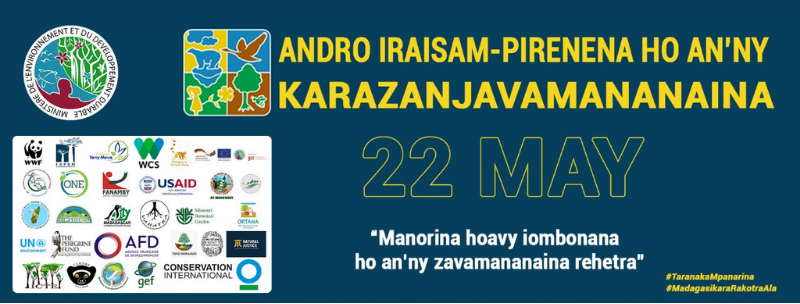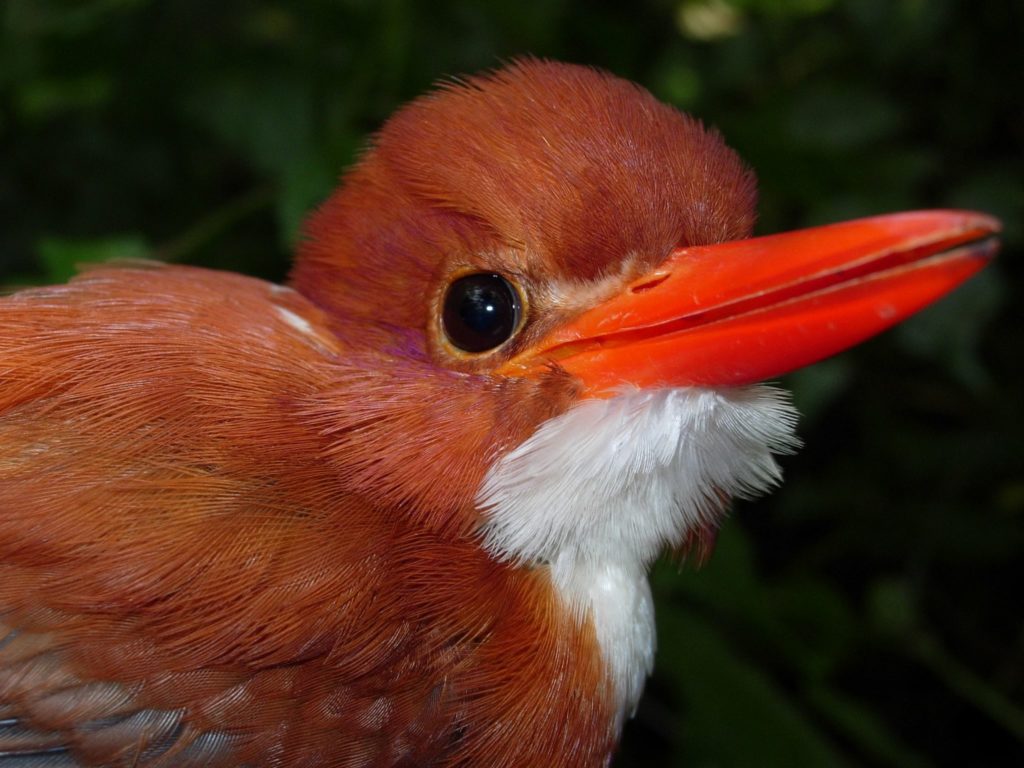The number of forest fires in Madagascar reaches a peak during the dry season. How do protected area managers cope with this threat? In 2021, the deforestation rate in FAPBM-funded protected areas was 0.68% compared to 1.4% for other protected areas. But FAPBM aims to lower this rate even further. Thus, with a view to sharing experiences and best practices to deal with this scourge, FAPBM is organizing a webinar on the theme “Fire management in protected areas” on Friday, June 10, starting at 10:00 a.m. This webinar is the first of the “FAPBM Webinars”. The FAPBM Webinars will aim to share experiences between PA managers funded by FAPBM, but also with all the managers of protected areas in Madagascar as well as all the stakeholders. The speakers for this first webinar will be Mr. Harinaina Léon Razafindralaisa, Madagascar National Parks’ Director of Operations, Mr. Brice Funk Lee Rakotozafy, Head …
FAPBM Webinars: Fire Management in Protected Areas, June 10, 2022



















